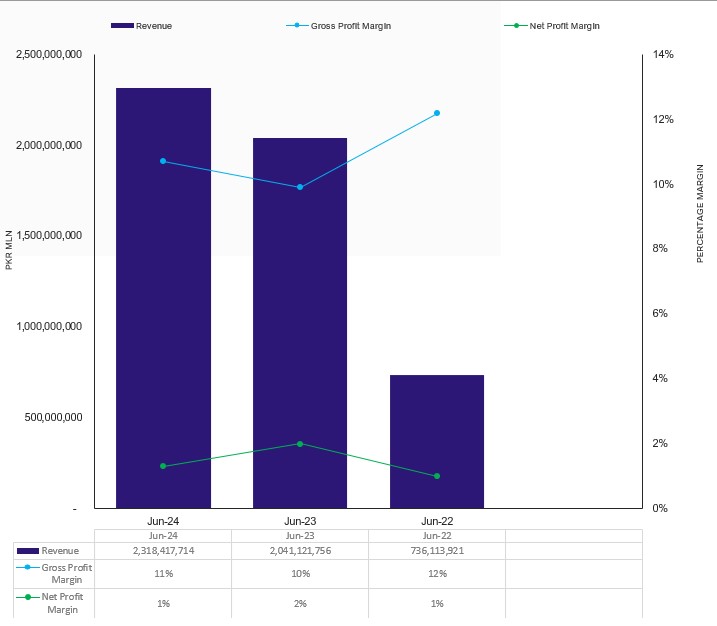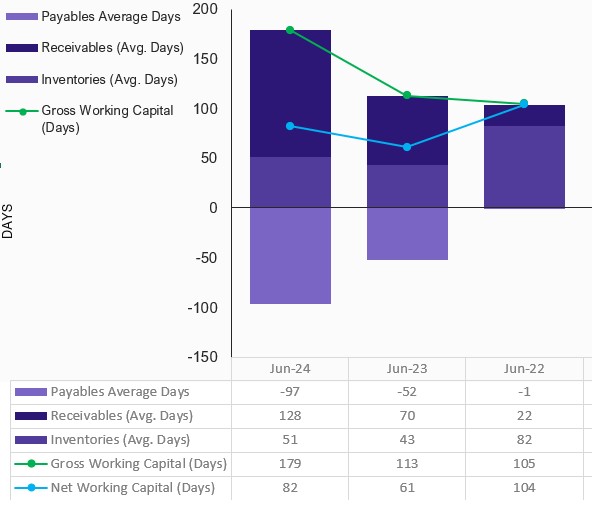| Dissemination Date | Long-Term Rating | Short-Term Rating | Outlook | Action | Rating Watch |
|---|---|---|---|---|---|
| 03-Apr-25 | BB+ | A3 | Stable | Upgrade | - |
| 03-Apr-24 | BB | A3 | Stable | Maintain | - |
| 03-Apr-23 | BB | A3 | Stable | Maintain | - |
| 14-Sep-22 | BB | A3 | Stable | Initial | - |
Madiha International (Pvt.) Limited was established in 2016 as a private limited Company, registered with the Securities and Exchange Commission of Pakistan (SECP) under the Companies Act, 2017. Headquartered in Karachi, the Company operates as part of a family-owned business group. Ownership is divided among four shareholders, each holding a 25% stake: i) Mr. Usman Saleem Bikiya, ii) Mr. Muhammad Bilal, iii) The remaining 50% is held by other family members.
The Board of Directors (BoD) consists of three members. Mr. Muhammad Bilal, serving as the CEO, oversees the Company’s financial matters and provides external advisory support. Mr. Usman Bikiya is one of the Company's directors.


